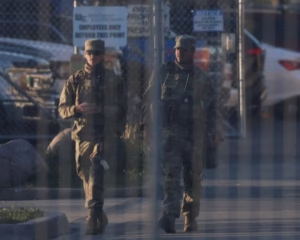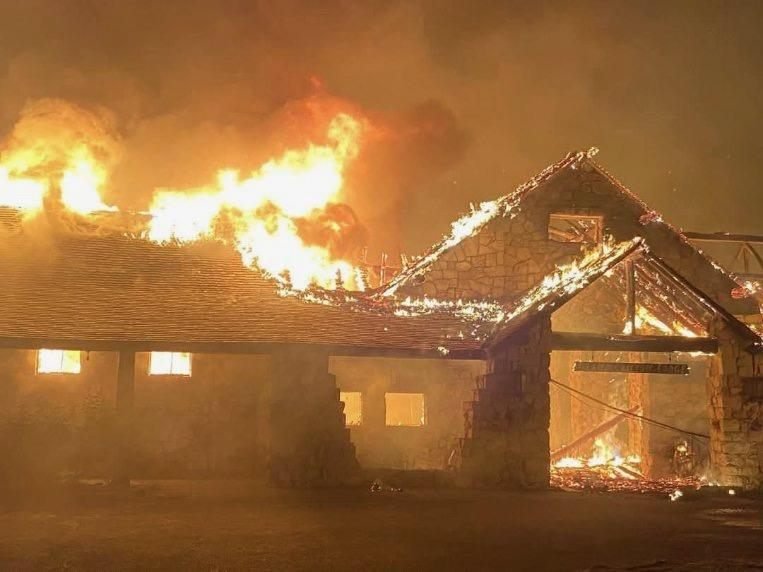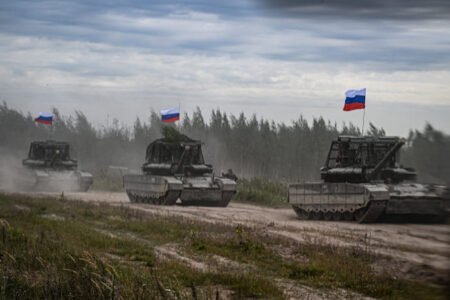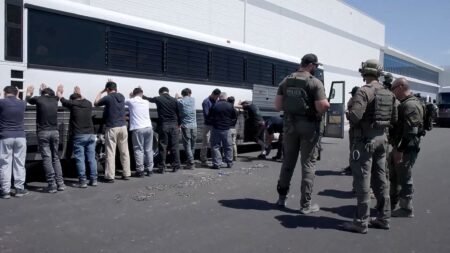The Bravo Dragon Fire has caused major destruction at Grand Canyon National Park, burning thousands of acres and destroying several important structures, including the historic Grand Canyon Lodge. The fire began on July 4, 2025, after a lightning strike hit the North Rim area of the park. At first, officials attempted to manage the fire as a controlled burn, a common practice used to reduce dry vegetation and improve forest health. However, unexpected dry conditions and shifting winds caused the fire to grow rapidly, prompting firefighters to move to full suppression efforts.
The Bravo Dragon Fire has so far burned around 5,000 acres within the park. It is one of two major wildfires currently affecting the region. The other, the White Sage Fire, is located just outside the park boundaries and has scorched more than 40,000 acres. Together, these two fires have affected over 45,000 acres of forest and canyon land.
The destruction caused by the Bravo Dragon Fire is especially devastating due to the loss of the Grand Canyon Lodge. This lodge was the only hotel on the North Rim and a popular destination for visitors. Originally opened in 1928, it was destroyed by a kitchen fire in 1932 and later rebuilt in 1937 using much of the original stone. The lodge was known for its sloped roof, limestone exterior, and wooden beams. A sunroom with wide windows gave guests their first dramatic view of the canyon. For many, it was the first stop before exploring the North Rim.
In addition to the lodge, the fire also destroyed a visitor center, a gas station, an administrative building, a water treatment plant, and employee housing. The burning of the water treatment plant led to the release of chlorine gas, which posed a serious health risk. Chlorine gas is heavier than air and tends to settle in low-lying areas like the inner canyon. Because of this, firefighters and hikers were quickly evacuated to prevent respiratory injuries. Chlorine gas can cause severe breathing problems, especially in enclosed or low-ventilation areas.
The North Rim was evacuated on July 11 and will remain closed for the rest of the 2025 season. The area is typically open only during the warmer months and receives fewer visitors than the more accessible South Rim. Phantom Ranch, a remote lodging spot popular with river rafters on the Colorado River, has also been closed. Park officials have asked all visitors to avoid the North Rim and surrounding areas until further notice for their safety.
Fire crews are making some progress in containing the flames. Bulldozers and hand crews have created containment lines on parts of the fire’s southern edge. So far, the fire has not moved much in that direction. However, the eastern and northern areas continue to see active burning, fueled by dry grass, shrubs, and dead trees. Firefighters are working to build buffer zones in an attempt to prevent the fire from spreading to new areas, including the nearby Vermilion Cliffs.
Authorities are monitoring both the Bravo Dragon Fire and the White Sage Fire closely. Weather conditions, including wind and temperature changes, are being tracked to help adjust response strategies. Smoke from the fires is visible across a wide region, and air quality alerts have been issued. The Coconino County Sheriff’s Office has coordinated with park officials and emergency response teams to ensure public safety.
Aramark, the company that operated the Grand Canyon Lodge, confirmed that all employees and guests were evacuated safely. A spokesperson for the company expressed heartbreak over the loss of the iconic structure. The park service is expected to conduct a full damage assessment once conditions allow, and the future of rebuilding efforts remains uncertain.







